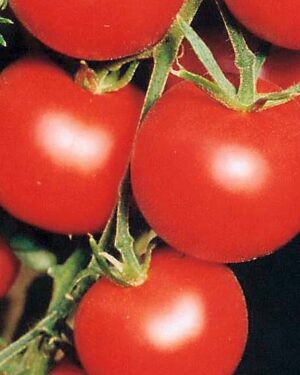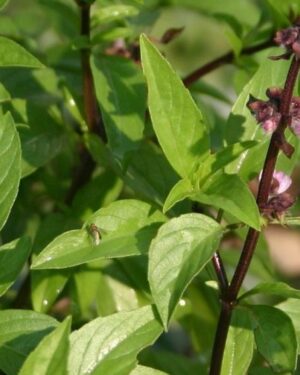Description
Flower Butterfly & Bee Mix
Flower Butterfly & Bee Mix is a stunning mix of annual and perennial varieties. It maximises nectar for bees and butterflies all summer long. Height 18 ‘ 24 Inches. Best in full sun. Black eyed Susan, Blanket flower, California Poppy, Candytuft, China Aster, Dwarf Cornflower, Dwarf Godetia, Dwarf Coreopsis, Dwarf red coneflower, Gay feather, Lemon Mint, Echinacea, Larkspur, Scarlet Sage, Siberian Wallflower, Sweet Alyssum, Dwarf Lupin
Cultivation Advice
- Choose a variety of flowers that bloom at different times throughout the growing season. This ensures a continuous food source for pollinators.
- Opt for native plants as they are well-suited to the local climate and attract regional butterflies and bees.
- Prepare the soil by removing weeds and improving its quality with compost or organic matter. Follow the sowing instructions on the seed packet or plant seedlings according to their spacing requirements.
- Consider sowing seeds directly into the garden bed in early spring after the last frost date. Alternatively, start seeds indoors and transplant the seedlings when they are established.
- Most pollinator-friendly flowers prefer full sun, so select a sunny spot for planting.
- Ensure the soil is well-draining and of good quality. Amend it with organic matter if needed to improve fertility.
- Water newly planted seeds or seedlings regularly to keep the soil consistently moist until they establish strong root systems.
- Once established, many of these flowers are tolerant of dry spells but benefit from regular watering during extended dry periods.
- Mulching around the plants helps retain moisture and reduces weed growth.
- Regularly deadhead spent flowers to encourage continuous blooming and prevent plants from putting energy into seed production.
- Some plants benefit from periodic pruning to encourage new growth and maintain their shape.
- Many of these flowers are resilient but keep an eye out for common pests and diseases in your area. Inspect plants regularly and address issues promptly with organic pest control methods if needed.
- Incorporate features like shallow dishes of water, rocks, or even butterfly houses to create a welcoming habitat for pollinators.
- Avoid using chemical pesticides or herbicides, as they can harm beneficial insects.
- Learn about the specific needs and preferences of the plants in your mix. Understanding their growth habits and blooming periods will help you better care for them.
- Aim for a diverse mix of flowers that attract various types of pollinators. Include nectar-rich flowers like lavender, coneflowers, salvias, zinnias, and cosmos, among others.
- Incorporate host plants for butterflies. These are specific plants where butterflies lay their eggs, such as milkweed for monarchs or parsley for swallowtails.
- Plan for a succession of blooms throughout the seasons to provide a consistent food source for pollinators. Mix early, mid-season, and late-blooming flowers in your garden.
- Create habitats that provide shelter for butterflies and bees, such as planting shrubs or trees where they can roost or placing rocks where they can bask in the sun.
- Leave some areas of your garden undisturbed, as this can provide nesting sites for ground-nesting bees.
- Consider incorporating native plants into your mix, as they often have co-evolved relationships with local pollinators and are well-adapted to the local ecosystem.
- Minimize or eliminate the use of chemical pesticides and herbicides, as these can harm butterflies, bees, and other beneficial insects.
- Provide a water source such as a shallow dish filled with pebbles where butterflies can sip water or damp soil for bees to gather moisture.
- Spend time observing the behavior of butterflies and bees in your garden. This can help you understand their preferences and needs better.
- Consider participating in local conservation efforts or community projects aimed at creating butterfly and bee-friendly habitats in your area.
- Keep a garden journal to track which flowers attract the most pollinators and which species visit your garden. This can guide future plantings.
- Take time to enjoy the beauty of your garden and the fascinating interactions between pollinators and flowers.









Reviews
There are no reviews yet.